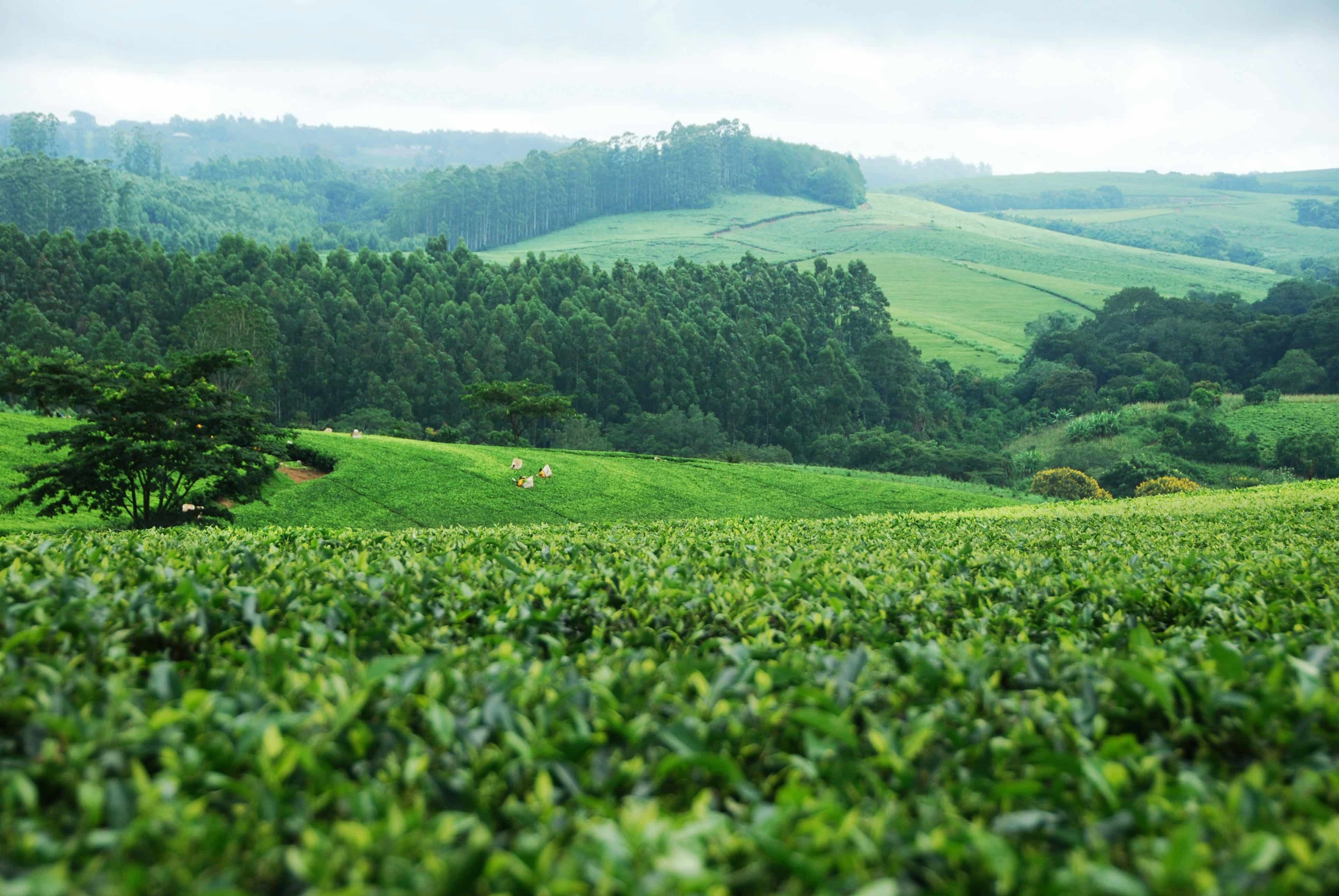Key Takeaways
- Sama, a leader in data annotation solutions, is partnering with companies to revolutionize agricultural sustainability in Africa.
- AI tools are essential for East African agriculture to feed a growing population sustainably.
- AI models can enhance crop monitoring, optimize resource distribution, and improve productivity.
- AI-driven solutions can address challenges such as pests, diseases, and labor shortages in agriculture.
- Collaborations, like that between Sama and Precision AI, aim to inspire regional advancements.
Sama Partners with Precision AI to Boost Agricultural Sustainability in East Africa
For agriculture in East Africa to sustainably feed a growing population, adopting artificial intelligence (AI) tools is essential. These tools can enhance productivity, increase yields, protect the environment, and reduce costs. Sama, a leading provider of data annotation solutions that power AI models, has witnessed significant improvements from deployments for customers in Europe, North America, and the Middle East. Leveraging this experience, Sama is partnering with companies to support initiatives aimed at revolutionizing agricultural sustainability in Africa, including the East African Community’s Vision 2050 plan.
Transformative Power of AI in Agriculture
Annepeace Alwala, Sama Vice President of Global Service Delivery, emphasized the transformative power of AI in addressing the challenges faced by the agricultural sector in East Africa. Speaking at the launch of a report on precision agriculture and the challenges faced by AgTech models, Alwala noted the tremendous opportunity and pressing need for AI to better serve farmers, helping farming businesses advance while addressing global challenges like reducing emissions and sustainably feeding a growing world population.
“Agriculture is facing a number of challenges—an increase in the demand for food and food safety, decreasing agricultural land and labor shortages among them. Our experience with clients in other parts of the world shows that computer vision applications working with Sama-quality data are helping to address many of these challenges by automating tasks—from crop monitoring and weed control to livestock health and pesticide use,” Alwala stated.
Addressing Agricultural Challenges with AI
Weeds, pests, and diseases are major obstacles to achieving the productivity needed to meet growing food demand globally. It is estimated that up to 40% of crop production is lost to pests annually, with over $220 billion spent on related plant diseases. AI models, such as those evaluated by Sama, can identify pests, diseases, and weeds, leading to better crop management, reduced pesticide usage, and increased productivity. For instance, one autonomous machine developed by Carbon Robotics can reportedly cover 15 to 20 acres a day and remove more than 100,000 weeds an hour using carbon dioxide lasers to kill the intruders.
Drone technology is also increasingly being used to monitor crops and spray pesticides. This is made possible by advancements in sensors for data collection, the accuracy of computer vision models, and innovations in pesticide spraying equipment. This information enables farmers to make better decisions regarding crop rotation, irrigation, and pesticide use. Early detection allows for swift action to prevent widespread damage. In collaboration with Precision AI, Sama has helped develop a computer vision model for a drone that can identify images at 0.55mm resolution while flying at 50mph.
“With the increasing challenges faced by the agricultural sector in East Africa, our partnership with Precision AI demonstrates the transformative power of AI in farming. We plan to deploy these solutions to enhance crop monitoring and optimize resource distribution. Our goal is to inspire similar advancements within the region,” Alwala added.
Photo by Maria Zardoya on Unsplash


